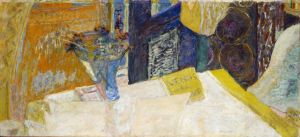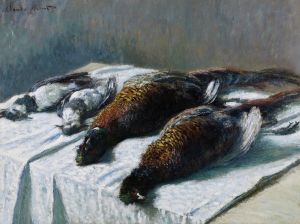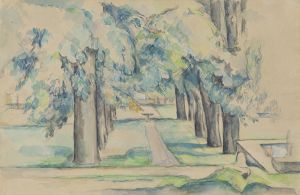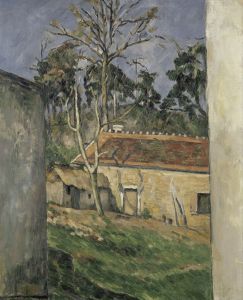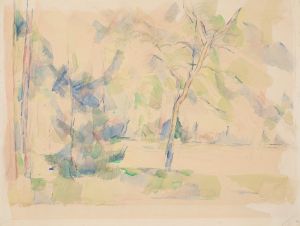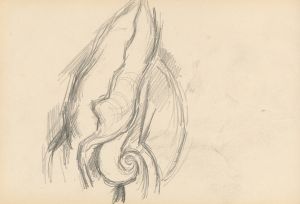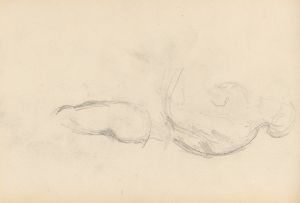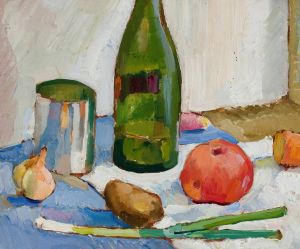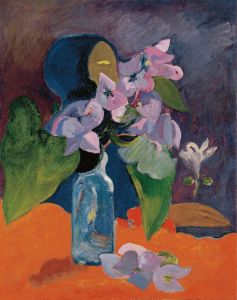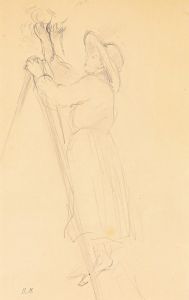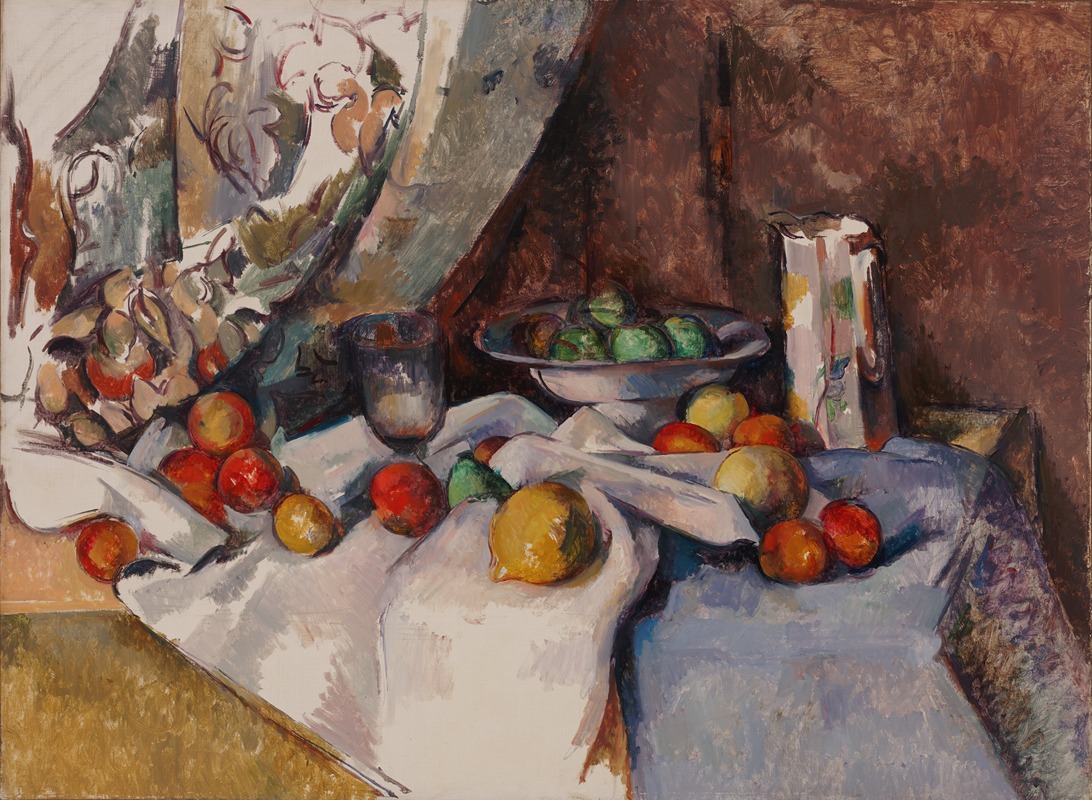
Still Life with Apples
A hand-painted replica of Paul Cézanne’s masterpiece Still Life with Apples, meticulously crafted by professional artists to capture the true essence of the original. Each piece is created with museum-quality canvas and rare mineral pigments, carefully painted by experienced artists with delicate brushstrokes and rich, layered colors to perfectly recreate the texture of the original artwork. Unlike machine-printed reproductions, this hand-painted version brings the painting to life, infused with the artist’s emotions and skill in every stroke. Whether for personal collection or home decoration, it instantly elevates the artistic atmosphere of any space.
Still Life with Apples is a renowned oil painting by the French Post-Impressionist artist Paul Cézanne. Created in the late 19th century, this work exemplifies Cézanne's innovative approach to still life painting, which played a pivotal role in the development of modern art. Cézanne is often regarded as a bridge between the Impressionist movement of the 19th century and the emerging Cubist movement of the early 20th century, and Still Life with Apples is a prime example of his groundbreaking techniques.
The painting depicts a simple arrangement of apples on a table, accompanied by a white cloth and other objects. Cézanne's treatment of the subject matter is notable for its departure from traditional still life conventions. Rather than striving for photographic realism, Cézanne focused on the underlying structure and form of the objects. He used bold, deliberate brushstrokes and a carefully considered color palette to convey the weight, volume, and spatial relationships of the apples and other elements in the composition.
One of the most striking aspects of Still Life with Apples is Cézanne's use of perspective. He often employed multiple viewpoints within a single composition, creating a sense of depth and movement that challenges the viewer's perception. This technique, sometimes referred to as "constructive brushwork," was highly influential on later artists, including Pablo Picasso and Georges Braque, who would go on to develop Cubism.
Cézanne's choice of apples as a subject was deliberate and recurring in his work. He once remarked, "With an apple, I will astonish Paris," underscoring his belief in the artistic potential of even the most ordinary objects. By focusing on the humble apple, Cézanne was able to explore fundamental artistic concerns such as form, color, and composition, elevating still life painting to new heights.
The exact date of Still Life with Apples is not definitively known, as Cézanne created numerous still life paintings featuring apples throughout his career. However, it is generally believed to have been painted in the 1890s, a period when Cézanne was living and working in Provence, France. During this time, he developed his mature style, characterized by a meticulous attention to structure and a rejection of the fleeting effects of light and atmosphere that defined Impressionism.
Today, Still Life with Apples is celebrated as a masterpiece of Post-Impressionist art. It is housed in the collection of the Museum of Modern Art (MoMA) in New York City, where it continues to inspire and captivate viewers. The painting is often studied for its innovative approach to composition and its profound influence on the trajectory of modern art.





